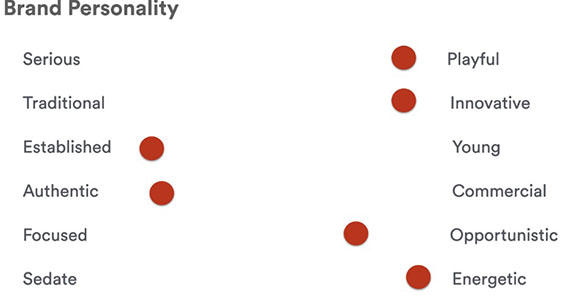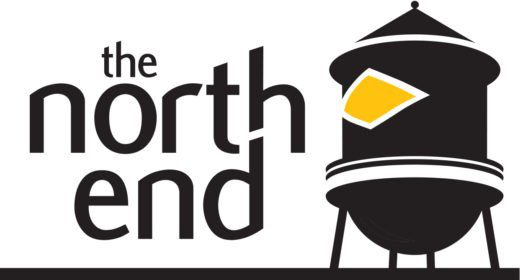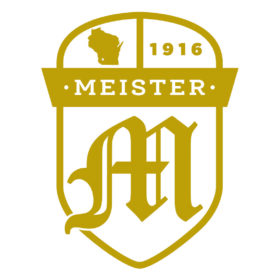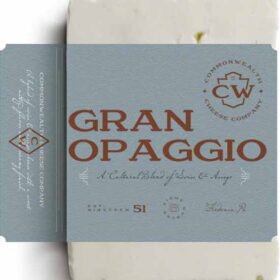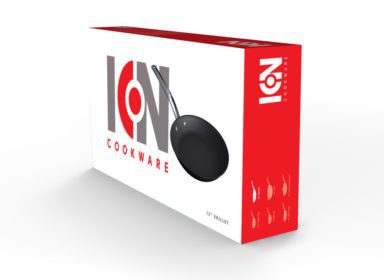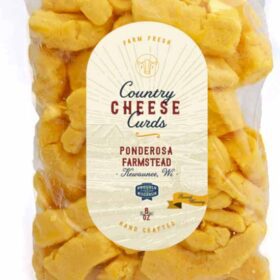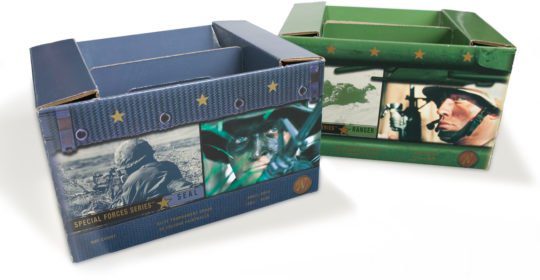“Words mean more than what is set down on paper. It takes the human voice to infuse them with deeper meaning.”
Maya Angelou
Just like people, brands have unique personalities and characteristics that allow them to express their individuality in a variety of settings. For instance, you may have some friends who are lively and upbeat, while others are a bit more conservative and introverted. The people in your life are able to coexist, but they may use different vernacular or have their own preferred ways of engaging in conversation.
This same concept applies to businesses using brand voice in today’s congested marketplace.
Brand voice is defined as the way in which a business or person speaks with their audience. It’s articulated by a distinctive style of communication that sets it apart from other brands – essentially, how the brand carries itself. Voice is the disposition and emotion instilled into a company’s communications and encompasses everything from the language used to the public image marketing and advertising efforts intended to create. A brand’s voice also clearly exemplifies its core values.
Make your brand voice heard
Why does all of this matter? All day long, from the moment they wake up to the moment they go to sleep, people are blasted with messages. For your brand to successfully stand out among the crowd, it must have a distinctive, uniting, memorable voice.
How is this feat accomplished? For starters, consistency is key. A brand must maintain a consistent voice across all media on which it appears. In other words, every single touchpoint – including advertisements, websites, social channels, brick-and-mortar locations, collateral, and even customer care hotlines – should share a consistent tone. A coherent voice demonstrates a company’s reliability and credibility, which results in a more trusting relationship with customers. By contrast, inconsistent communications may confuse customers or diffuse that level of trust. Uniformity sets expectations and allows people to have faith in your brand.
An established brand should possess a voice that’s deeply manifested in that company’s principle, products, and personnel. For example, if a company’s mission is to help those in need, then its brand representatives – including leaders, employees, and ambassadors – should also have a generous and kind character.
Over the years, some of the world’s most distinguished brands have reached celebrity status via their iconic voices. Here are some examples:
- Apple = confident and inspiring
- McDonald’s = friendly and welcoming
- Harley-Davidson = rugged and outspoken
- Starbucks = warm and neighborly
- Nike = uplifting and empowering
- Chanel = elegant and glamorous
- LEGO = playful and youthful
- CVS = neighborly and helpful
Over time (and at different rates), these brands have become reputable household names across the nation and around the globe. As we’ve seen across media, each of these brands speaks differently than their own competition as well as brands in other industries. However, they’re all part of our everyday lives, whether or not we’re customers.
Never falling far from the tree
An example of a brand that has maintained a strong brand voice throughout its life – despite massive cultural shifts, workplace changes, and consumer needs and expectations in regard to technology – is Apple. Since its founding, Apple has been a groundbreaking brand. Year after year, Apple’s offerings expand. From desktop and laptop computers to handheld music players to tablets to mobile phones, they have become a global tech giant that sells convenience and simplicity. They have also drastically changed the way we see and use technology every day. In the 1970s, Apple Computer was focused on creating an intuitive product that allowed people of all types to be more efficient and creative. Fast forward to 2021, and the mission of Apple is virtually the same. Innovation, simplicity, and user empowerment have been at the core of Apple since day 1.

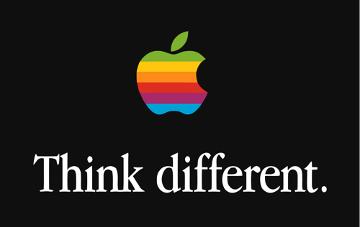

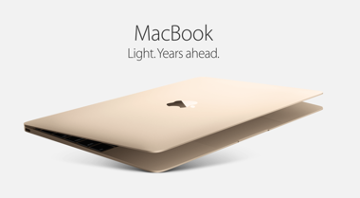
As people, we constantly mature and establish ourselves in various environments, shape our own personas, and grow from our surroundings. This naturally happen over time as cultural and societal norms transform. Brands do the same. This, of course, makes sense, since the human minds behind brands change. We and the people we know adapt to different environments. Sometimes we’re more laid back; sometimes we’re more formal. It all depends on who we’re with and where we are at that time. As brands evolve and establish themselves in the marketplace, customers are able to better define and more strongly connect to them.
Now is the time to do some evaluation: Does your brand have a clear, established voice? How are you currently speaking with customers across the media spectrum? How do your customers think of and describe you? Defining a messaging strategy and showcasing a distinct brand voice will take your brand soaring, which will lead to customer loyalty, foster widespread prominence, and ultimately boost your bottom line.
Contact STIR Advertising masters of messaging today to begin shaping, or refining, your brand voice: bbennett@stirstuff.com.



